The world in the first two decades of the 21st century experienced many profound changes, with a series of armed conflicts taking place increasingly complex and unpredictable.
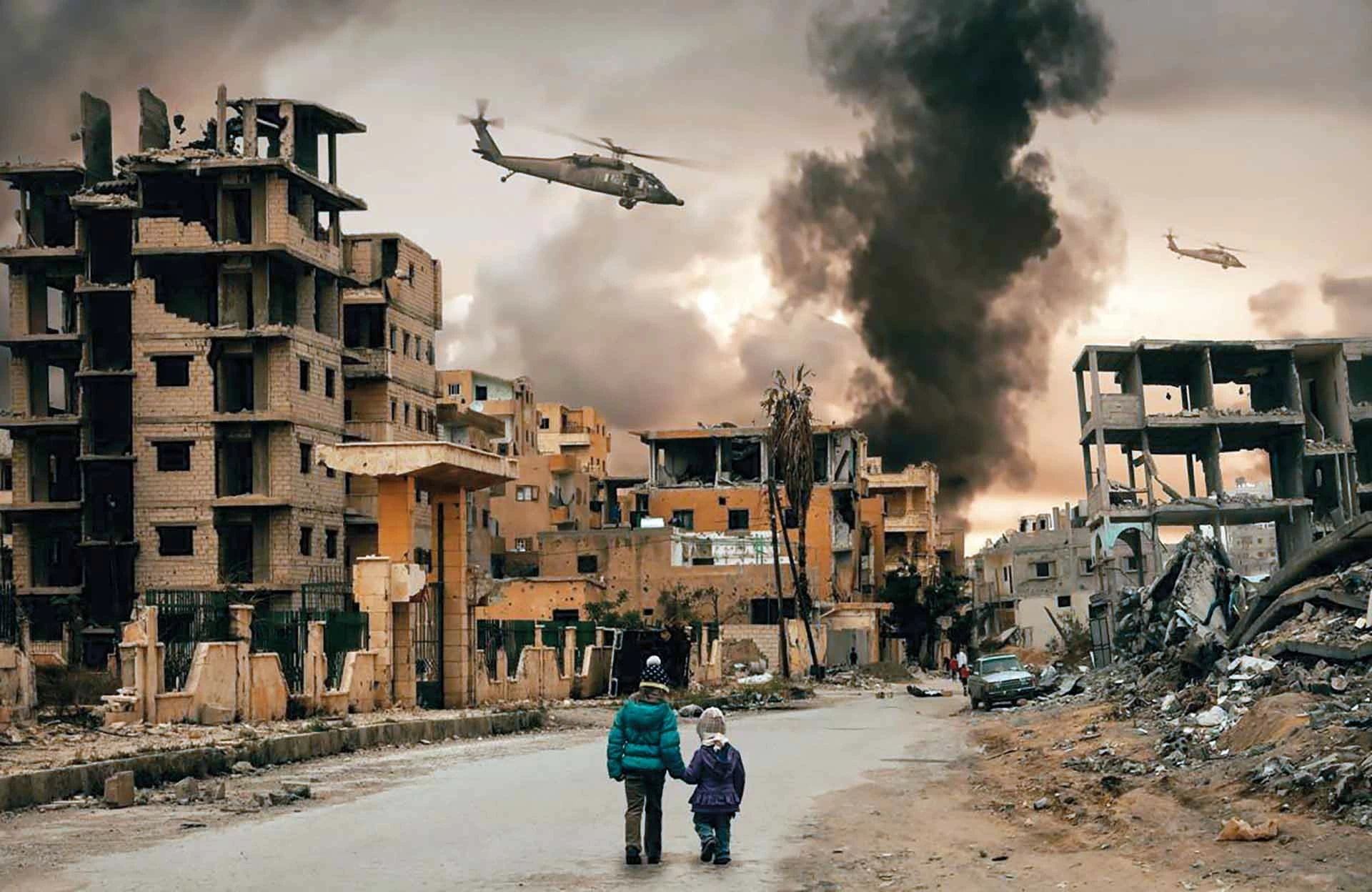 |
| Conflicts erupting all over the world are increasingly darkening the global security picture. Illustrative photo. (Source: AFP) |
From protracted civil wars in the Middle East and Africa to bitter territorial disputes in Asia and Eastern Europe, the global security landscape seems to be increasingly dark. The terrorist attacks of September 11 not only shocked the entire United States but also ushered in a new era where the line between traditional warfare and non-traditional security threats is blurring more than ever.
In that context, the digital revolution and artificial intelligence (AI) are rapidly changing the way people interact, including the methods of war and conflict. At the same time, the competition for influence among major powers is increasingly fierce, threatening to weaken already shaky multilateral institutions. The consequences of these conflicts are not only immediate tragedies but also leave deep wounds, hindering the efforts of sustainable development of all humanity.
A complex picture
Over the past two decades, the world has witnessed more than 100 armed conflicts of various sizes, with an uneven distribution across regions. Africa emerged as the biggest hotspot with nearly 50 conflicts, accounting for about 40% of the total. This was followed by the Middle East with about 30 conflicts, while other regions such as South Asia, Southeast Asia and Eastern Europe witnessed a lot of instability.
Conflicts are concentrated mainly in developing countries. The civil war in Sudan, which has lasted from 2003 to the present, has caused one of the world's largest humanitarian crises, with millions of people forced to flee their homes. In the Middle East, the civil war in Syria, which began in 2011, has led to the intervention of many powers, causing a wave of refugees of up to 5 million people and changing the geopolitical landscape of the region.
In terms of causes, political power struggles (about 25% of cases) and territorial disputes (nearly 20%) remain the two main reasons for conflicts. This is clearly shown in the tension between Russia and Ukraine, where national security issues and territorial disputes play a central role. In addition, terrorism accounts for about 15% of cases, as seen in the fight against the IS armed group in Iraq and Syria.
In terms of scale and intensity, nearly half of the conflicts resulted in losses of more than 1,000 lives. Notably, some conflicts, such as the war in Darfur, the Iraqi civil war and the Russia-Ukraine conflict, resulted in over 100,000 casualties. This reflects a trend of conflicts becoming more intense and destructive, especially in humanitarian terms.
In terms of duration, the trend of protracted conflicts is increasing, with more than a third of them still not ending, including those lasting over 10 years. Only about 30% of conflicts end in less than a year, reflecting the increasing complexity of the current situation and the ineffectiveness of international conflict resolution mechanisms.
Finally, the role of technology is increasingly prominent. The prevalence of digital technology and social media has created an environment conducive to information warfare, helping extremist ideologies spread, becoming a powerful tool for terrorist groups to propagate and recruit members. Cyber attacks are becoming increasingly common, as seen in the Russia-Ukraine conflict, opening a new front in modern warfare. Overall, trends in armed conflict over the past two decades present a complex picture, with an increase in the number, intensity and duration of conflicts, and reflecting a profound change in the nature of war in the 21st century.
Far-reaching consequences
Armed conflicts over the past two decades have had far-reaching consequences that extend far beyond the countries and regions directly involved. From humanitarian crises to global political instability, their impacts are reshaping the world in complex ways.
Around a quarter of the world’s population now lives in affected areas, with the number of refugees and internally displaced people set to surpass 100 million in 2022 – the highest number since World War II. Behind these numbers lie countless personal and family tragedies, and lasting physical and mental damage.
Conflict has serious economic consequences. Infrastructure, including critical infrastructure, is destroyed, resources are depleted, and economic growth is stagnant. According to the World Bank, countries affected by conflict have poverty rates 20 percentage points higher than those not affected by conflict. This not only affects the countries involved but also hinders the international community’s efforts to achieve the United Nations Sustainable Development Goals.
On the international political level, conflicts have deepened the division between the great powers, thereby weakening the effectiveness of multilateral mechanisms. The risk of nuclear proliferation is widespread and out of control. The UN Security Council has repeatedly fallen into a deadlock when it has to pass important resolutions, as in the case of the Syrian conflict or recently in Ukraine. As a result, the prestige of international organizations has been reduced, and the ability of the international community to prevent and resolve conflicts has also been significantly limited.
Armed conflicts also create a favorable environment for the development of non-traditional security threats. Prolonged instability is a fertile ground for terrorist organizations and transnational criminals, such as the IS in Iraq and Syria. Not only that, conflicts also exacerbate global problems such as climate change, food insecurity and disease.
The trend of over-securitization and increased global military spending is diverting significant resources from development goals. This raises major questions about humanity’s ability to address common challenges such as poverty, inequality and climate change.
The impact of armed conflicts over the past two decades has been comprehensive and far-reaching, far beyond the geographical and temporal scope of specific conflicts. From humanitarian crises to global political instability, from economic recession to new security challenges, the consequences of conflict are posing enormous challenges to peace, security and sustainable development for all humanity.
New problems
The trend in armed conflict over the past two decades highlights several important issues.
First, the complexity and diversity of the causes of conflict require a more proactive, comprehensive approach that places human security at the heart of national security. While traditional threats persist, factors such as resource disputes, economic inequality and climate change are increasingly becoming sources of instability. This requires states to expand the concept of national security beyond the purely military sphere to include economic, social and environmental aspects.
Second, the trend of protracted and intractable conflicts underscores the importance of conflict prevention and confidence-building. Instead of focusing solely on strengthening military capabilities, countries should place greater emphasis on preventive diplomacy, promoting dialogue and building effective crisis management mechanisms at the regional and global levels.
Third, the increasingly important role of technology in modern conflict creates an urgent need for capacity building in the areas of cybersecurity and advanced military technology. States should consider investing in research and development in these areas, while strengthening international cooperation on cybersecurity and managing the development and use of new technologies in the military sphere.
Finally, the declining effectiveness of multilateral mechanisms in conflict resolution requires the international community to adopt a new approach to global governance. While maintaining a commitment to multilateralism, countries should be more proactive in reforming existing international organizations and building flexible cooperation mechanisms that focus on specific issues such as maritime security, transboundary resource management, or climate change response.
Source: https://baoquocte.vn/nhung-gam-mau-xung-dot-vu-trang-trong-20-nam-qua-284304.html








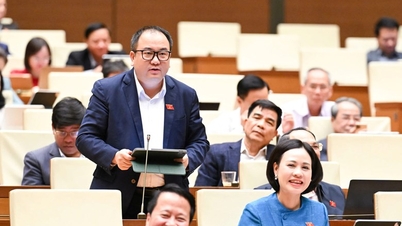

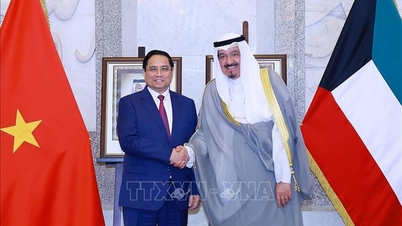



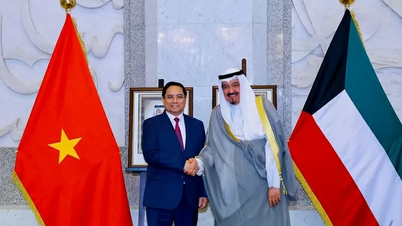

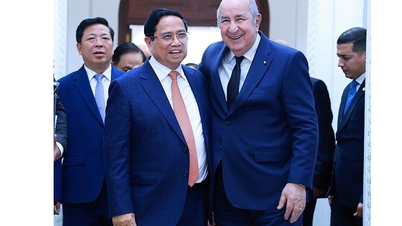



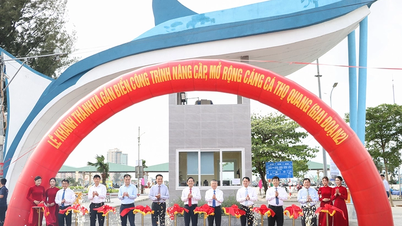





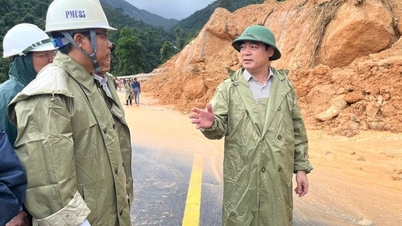








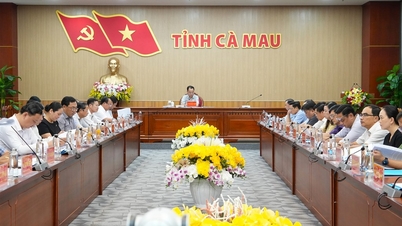

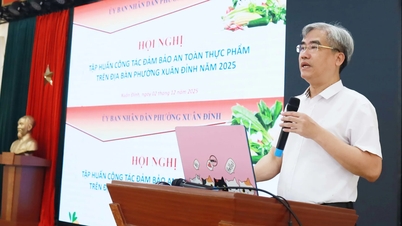
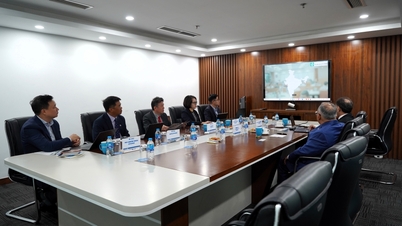
![[Photo] Parade to celebrate the 50th anniversary of Laos' National Day](/_next/image?url=https%3A%2F%2Fvphoto.vietnam.vn%2Fthumb%2F1200x675%2Fvietnam%2Fresource%2FIMAGE%2F2025%2F12%2F02%2F1764691918289_ndo_br_0-jpg.webp&w=3840&q=75)
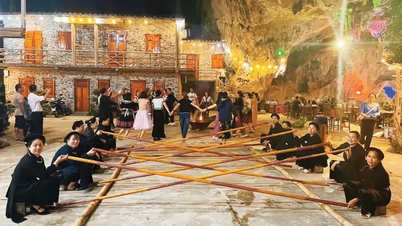



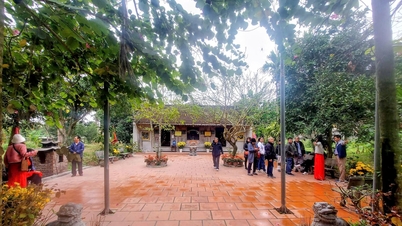










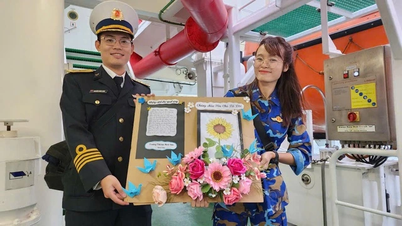

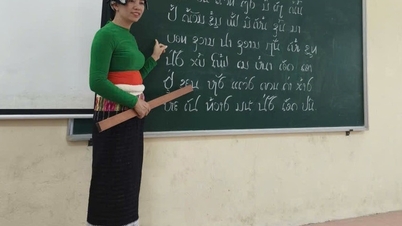

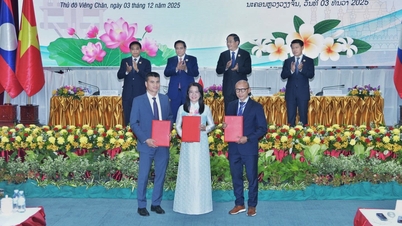












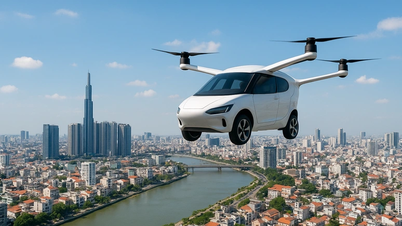

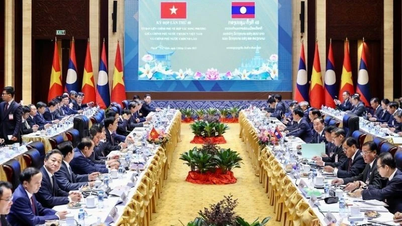



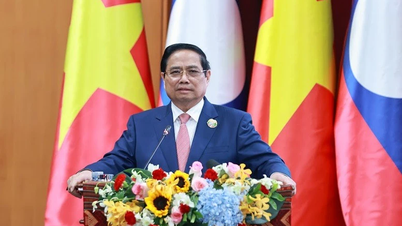








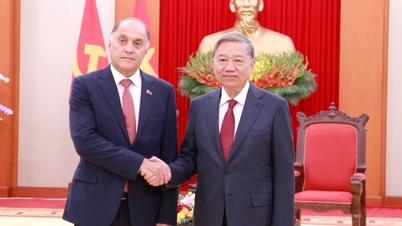


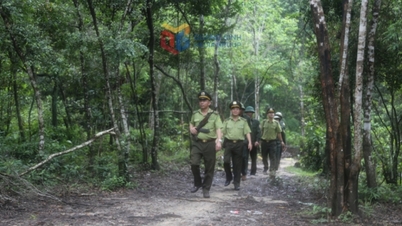






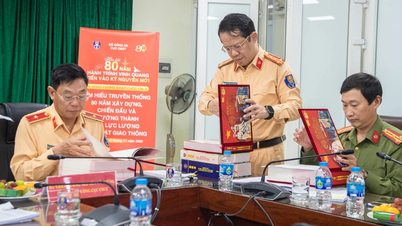










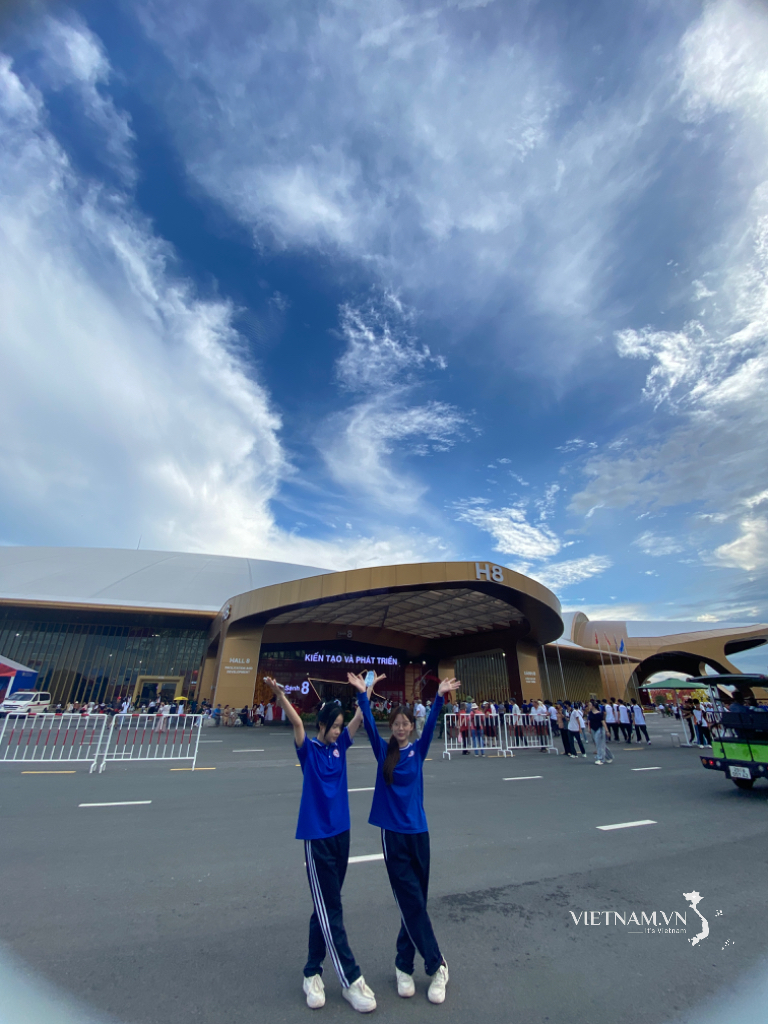



Comment (0)